Amazing Therapeutic Exoskeletons Move Into Medicine
Exoskeletons have been around for more than 50 years, but new lightweight materials have spurred growth in therapeutic and rehabilitation products that use compact, rugged connectors.
By Caroline Hayes
An exoskeleton mimics the insect world’s natural protection. In invertebrates, a rigid external cover protects soft body parts and organs. General Electric and the US armed forces were among the first to adapt Mother Nature’s shielding for humans. They created the first products used to protect and support the limbs of wounded soldiers going through rehabilitation. A medical exoskeleton supports the wearer’s limbs and torso, enabling them to stand, move, and even walk.
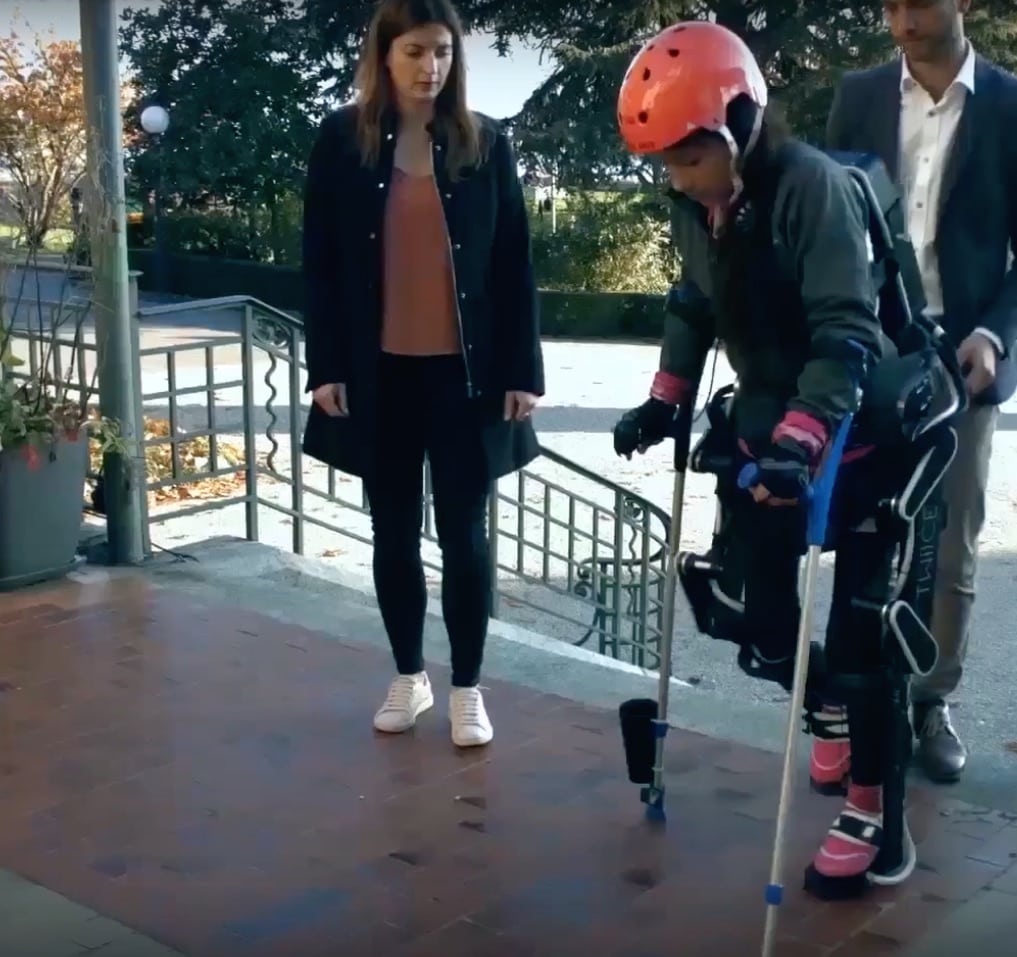
Today, North America, Europe, and Japan are developing advanced exoskeleton technology, each vying for leadership in a growing market that is estimated to be worth between $4 billion and $8 billion by 2026. In North America, the healthcare market is funding a lot of R&D. Europe has a large number of robotic start-up companies and, in Japan, companies are investing in exoskeleton development to help the elderly stay active and independent, and also for industrial use, where employees can wear exoskeletons in semi-automated work environments.
Exoskeleton Types
Some exoskeletons are stationary and used in rehabilitation to develop muscle strength while the user stands on a treadmill, for example. Others are mobile, used by wearers to support limbs while walking. This category will enable paraplegics to walk, as it is a support system rather than designed to strengthen muscles weakened by injury.
The stationary exoskeleton market is expected to be worth $1.3 billion by 2024, according to Global Market Insights (The Exoskeleton Market report, August 2017). The mobile exoskeleton market is expected to reap the benefits of lighter materials and more efficient battery packs to grow at a CAGR of 51% between 2016 and 2024, to reach an estimated $70 million.
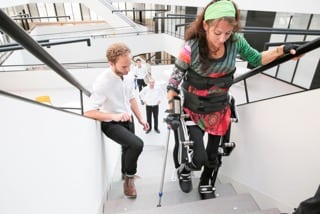
Figure 1: The TWIICE exoskeleton gives mobility to people with spinal cord injuries or other conditions. (Photo courtesy of TWIICE)
One exciting example of exoskeleton technology is from the Swiss company TWIICE, which is prototyping modular, lower-limb exoskeletons (Figure 1). Working with the Laboratoire de Systèmes Robotiques at the École Polytechnique Fédérale de Lausanne research institute and university in Lausanne, Switzerland, TWIICE, has created modular, customizable exoskeletons. Designed for use for patients with spinal cord injuries, they are currently undergoing trials in clinics. The exoskeleton supports the user in actions such as sitting down and standing, walking on regular, rough, or tilted surfaces, or climbing stairs.
As the nature of an individual patient’s injuries and physiology varies, the exoskeleton is designed to accommodate different shapes and structures. The basic mechanics and power structure remains the same, however. Four brushless DC motors within the exoskeleton drive the frame, which is attached to the wearer’s limbs to support mobility.
Already, the exoskeleton has reached the finals of the UAE AI & Robotics Award for Good in Dubai. It has also been used in the Cybathalon 2016, where athletes with paraplegia tackle an obstacle course consisting of tasks such as sitting down and climbing stairs.
Weight-Saving Materials
TWIICE claims it is the lightest exoskeleton of its kind today, at just 15kg, or 33lbs. The material choice is critical to saving weight to make the exoskeleton manageable for the user to wear and move in.
“We use carbon fiber composite for most of our parts, which enables a saving of 8 to 12kg [17.6 to 26.5lbs] compared to standard exoskeletons with the same capabilities today,” said TWIICE co-founder Tristian Vouga.
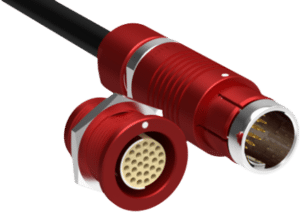
Figure 2: Fischer Connectors’s Core AluLite connectors
The company specified Fischer Connectors’ Core Series AluLite connectors (Figure 2). “We chose the AluLite connectors because they matched our requirements best,” says Romain Baud, an engineer at EPFL’s LSRO.
AluLite is 50% lighter than the equivalent brass connector, contributing to the weight savings of the exoskeleton. It is compact and rugged, with 360° shielding to eliminate EMC interference to ensure the exoskeleton operates uninterrupted. The ease of connect and disconnect contributes to the configurability and personalization of the exoskeleton to meet the user’s requirements. The connector also has 10,000 mating and unmating cycles, which is critical to ensure durability and reliability in a heavily used exoskeleton.
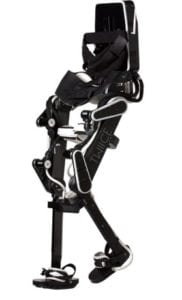
The exoskeleton can be adapted and customized. (Photo courtesy of TWIICE)
A controller worn on the user’s wrist controls the motors, which initiate the forward step of the exoskeleton to help the person perform the action of walking or sitting. The EPFL LSRO pilot project introduced an auditory signal to mark the beginning and end of the cycle, e.g., lifting the foot to take a step, and placing the weight on the foot when the step has been taken.
The collaboration included support from Fischer Connectors with identifying an optimum weight-to-performance ratio, exploring connectivity options, and advising on high-density connection choices.
Performance Targets
Fast data transfer is critical to ensure the exoskeleton’s motor responds to the controller on the user’s wrist to initiate and control movement.
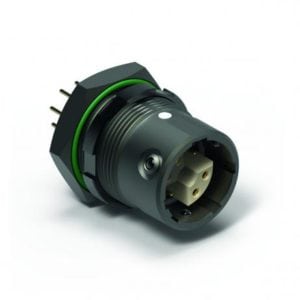
Figure 3: Additions to the MiniMax series provide increased data speeds for robotic operations.
Another connector series from Fischer Connectors, MiniMax, is also suitable for medical and robotic use. This miniature connector series supports multiple high-speed data transfer protocols: USB 2.0, USB 3.0, and HDMI 3.1, and is engineered to handle high-density mixed-signal and power contacts in a small form factor, which is critical for achieving space and weight savings in exoskeletons and other robotics.
In April, the company introduced the MiniMax connector 08 size, adding the option of full-speed Ethernet. The MiniMax 08 contact block is configured as eight 24AWG pins in a 12mm diameter receptacle, enabling fast Ethernet data transmission (up to 10Gb/s) over longer distances than previously possible. It is housed in a hexagonal body with anthracite coating for operation in harsh environments and has enhanced IP68 sealing.
Looking ahead, as material choices and the electronic components, such as connectors, contribute to space and weight savings, the development of mobile exoskeletons is likely to accelerate. Coupled with advances in battery design and performance and increasing range, the format is taking great strides forward and offering hope to many.
Caroline Hayes is a freelance technology journalist specializing in the electronics industry. She is based in London.
Interested in a specific market? Click a market below for current articles and news.
Automotive, Consumer, Industrial, Medical, Mil/Aero, Datacom/Telecom, and Transportation












